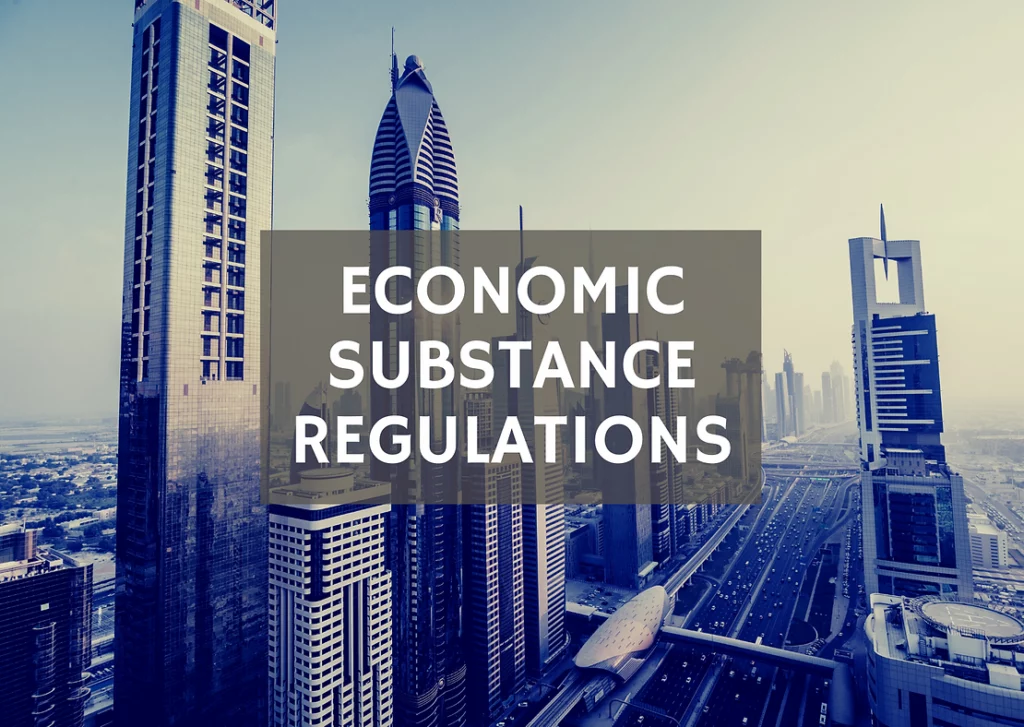
FATCA compliance gaps remain a pressing concern even though the legislation was enacted in 2010. The United States introduced this law to curb tax evasion by requiring foreign financial institutions to report on accounts held by US citizens and residents. Its far-reaching influence has shaped regulatory frameworks worldwide, offering a blueprint for cross-border cooperation.
Yet, even with Intergovernmental Agreements (IGAs) to reduce administrative burdens and simplify communication with the Internal Revenue Service (IRS), some businesses still risk facing a 30 per cent withholding penalty for non-compliance. In the UAE, where financial transparency and strict oversight are critical, organisations need to proactively identify and address compliance vulnerabilities.
Why FATCA Matters: Key Regulatory and Operational Challenges
FATCA aims to spot and deter tax evasion by US taxpayers who maintain offshore accounts. This happens through meticulous due diligence and extensive reporting obligations. IGAs, which the UAE has signed, streamline specific administrative tasks and reduce direct interaction with the IRS for participating institutions.
However, compliance hurdles remain:
- Evolving Oversight
Local regulators in the UAE adjust FATCA and broader compliance guidelines as new risks emerge. Financial institutions that fail to keep up with these changes face greater audit risks.
- Complex Data Requirements
Teams often manage large volumes of account data and tax identification numbers (TINs). Incomplete or inaccurate records can lead to steep penalties.
- Limited Internal Expertise
Not all organisations can afford dedicated FATCA specialists. Compliance staff often juggle multiple obligations, from AML rules to foreign account tax compliance procedures.
- Integration with CRS
FATCA intersects with the Common Reporting Standard (CRS), expanding reporting obligations from US taxpayers to a broader range of global account holders. For UAE-based institutions, this creates a dual compliance environment with heightened regulatory scrutiny.
- Rapid Regulatory Climate
The UAE is among the Middle East jurisdictions that have adopted more rigorous frameworks for financial institutions. Ensuring the accuracy of every FATCA and CRS detail can be challenging, particularly under tight timelines.
Common FATCA Compliance Gaps and Practical Solutions
Non-compliance with the Foreign Account Tax Compliance Act (FATCA) can expose financial institutions to penalties, reputational risks, and operational challenges. Despite regulatory advancements, many organisations still struggle with reporting errors, due diligence gaps, and evolving oversight requirements.
The lists below highlight common FATCA compliance gaps and provide practical solutions to mitigate risks and ensure seamless regulatory adherence.
1. Weak Onboarding and Inaccurate Customer Identification
Financial institutions sometimes underestimate how critical robust Know Your Customer (KYC) protocols can be. Overlooking or poorly validating self-certification forms often leads to incorrect identification of US taxpayers.
Recommended Actions
- Automate KYC checks during the account opening stage to capture essential data.
- Maintain ongoing monitoring to detect changes in tax residency or citizenship.
- Put clear review processes in place for self-certification forms; require updates after significant life events.
2. Incomplete Due Diligence for Pre-Existing Accounts
Accounts opened before 2014 can escape scrutiny if retrospective checks are never performed. Outdated addresses or missing certifications can create large compliance gaps.
Recommended Actions
- Schedule regular internal audits to flag incomplete or missing data.
- Allocate resources to examine older, high-value accounts.
- Document any remedial work so auditors see a clear history of corrections.
3. Errors in Reporting and Documentation
Late filings, inaccurate account details, and rushed data submissions increase the risk of regulatory penalties. Reliance on manual processes further raises the likelihood of errors.
Recommended Actions
- Use automated reporting tools that track deadlines and standardise data formats.
- Double-check submissions for missing TINs, inaccurate birthdates, or overlooked changes in ownership.
- Centralise all information in one database so everyone references consistent data.
4. Overlooking Changes in Account Status
Accounts evolve and individuals might renounce US citizenship, become residents of another country, or legally change their names. Failure to monitor these updates affects the accuracy of reports.
Recommended Actions
- Implement periodic re-certifications to encourage clients to update crucial information.
- Invest in monitoring software that sends alerts for significant events, such as residency changes.
- Provide staff with ongoing training to highlight the importance of staying current on customer changes.
5. Withholding and Exemptions Mishaps
FATCA can impose a 30 per cent withholding on certain US-sourced payments for non-participating institutions. Misapplication of these rules damages reputations and can incur financial losses.
Recommended Actions
- Offer specific training on withholding obligations so staff can distinguish participating from non-participating institutions.
- Keep detailed, accurate records of exempt accounts or entities.
- Conduct systematic reviews to confirm that withholding is appropriately executed.
6. Third-Party Risks
Many businesses rely on outsourced compliance services or external platforms for KYC checks. Without proper oversight, these providers risk non-compliance, exposing the contracting institution to liabilities.
Recommended Actions
- Rigorously assess potential partners before finalising any contract. Request proof of their compliance policies.
- Incorporate FATCA clauses into service agreements, requiring adherence to reporting standards.
- Perform annual or biannual audits of third-party compliance processes.
Integration with CRS and UAE Regulations
Although FATCA and CRS share similar aims, the CRS is broader in scope. The UAE has embraced both, designating the Ministry of Finance as the central authority for FATCA and CRS data collection. However, oversight is divided among the Central Bank, Securities and Commodities Authority, Abu Dhabi Global Market, Dubai International Financial Centre, and the Federal Tax Authority. Each regulator ensures that entities under its purview maintain robust record-keeping and adhere to deadlines.
Ensuring compliance with FATCA reporting requirements also means protecting sensitive client data. UAE financial institutions must align FATCA compliance with data protection services to safeguard account holder information while meeting regulatory obligations.
Leveraging Technology and Expert Support
Modern FATCA compliance platforms allow UAE financial institutions to streamline reporting processes, monitor US taxpayer accounts, and meet regulatory timelines effectively. These integrated systems simplify multi-jurisdictional compliance, making them especially valuable in the UAE’s diverse financial ecosystem.
However, technology alone is not enough. Skilled professionals with expertise in foreign account tax compliance are crucial for navigating complex regulatory requirements. Many organisations in the UAE consult or hire outsourced compliance specialists for tasks such as staff training, internal audits, and managing intricate filing processes. This approach conserves resources while upholding the highest standards of compliance.
Partner with Future-Focused Innovators
FATCA compliance requires continuous diligence. Vertex Compliance offers a wealth of expertise and intuitive solutions that reduce risk and enhance reporting accuracy. Explore how our team can tailor a programme for your organisation’s needs, ensuring confidence in every audit and consistent compliance with UAE regulations.
Contact us today to enhance your FATCA compliance framework and maintain long-term regulatory confidence in the UAE’s evolving financial landscape.











